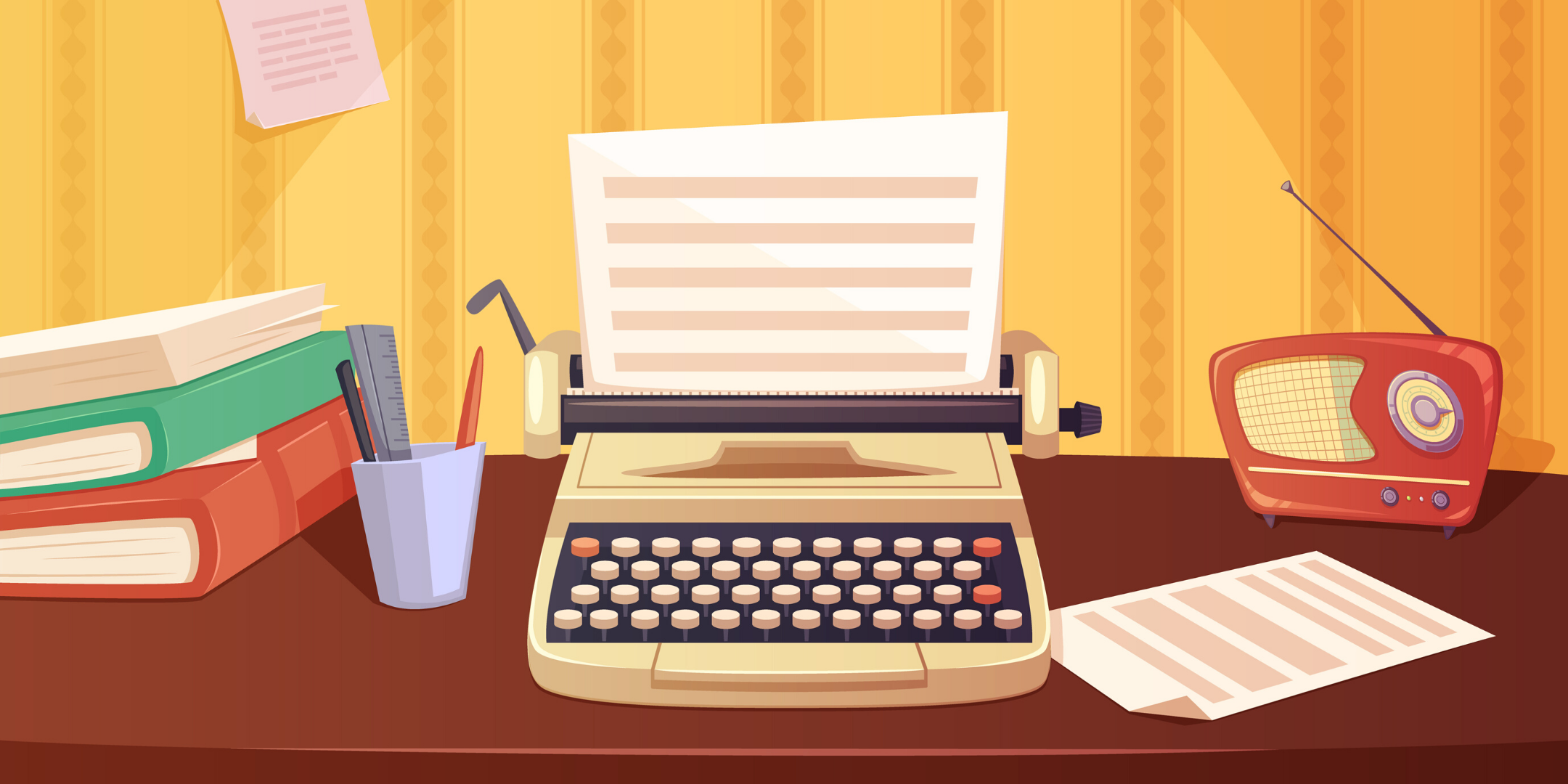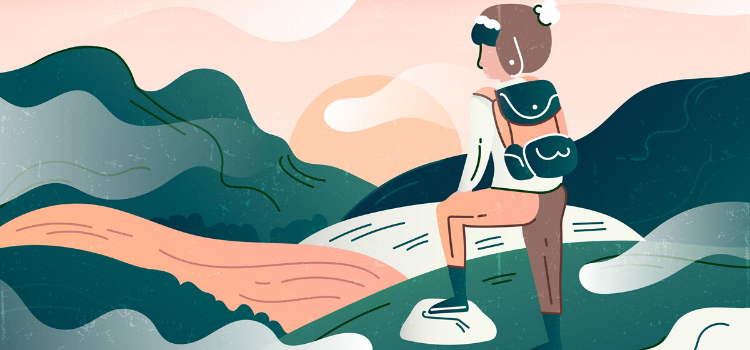
Guest Post: Five Plot Structures for Bestselling Novels
By Katja L Kaine
So you’ve got an amazing story idea, but the question remains: how to turn it into a great novel? There must be as many different ways to write a novel as there are novel writers.
Some of us like to create vast spreadsheets mapping out the most minute plot details; others prefer to enjoy the surprises of the journey along with their characters. I’ve met writers who analyze the classics and apply tried and tested structures to their writing, and those who explore their characters and story with complete originality and freedom.
This article explores five different ways to write a novel, including proven plot structures that have sold millions of books and links to further reading should one of them pique your interest.
Bestselling Plot Structures:
Writing a Novel With The Hero’s Journey
This set of narrative stages was identified by mythology scholar Joseph Campbell. It’s argued that the vast majority of popular stories follow these steps, and it’s important to bear in mind that Campbell didn’t invent these stages, he identified them as being common in myths across time, language and borders.
Writers who use this method for plotting their novel come up with events to correspond with each of the stages of the journey, then expand and add detail.
You can see the full hero’s journey here or read about a simplified version here.
One common problem with the hero’s journey is that people are put off by the terminology and assume it only applies to fantasy or adventure novels – but this isn’t the case. The stages can be interpreted in an infinite number of ways and can be found in everything from Jane Eyre to Toy Story.
The marvelous Allen Palmer has addressed this issue and adjusted the classic idea to make it more palatable for a wider, more modern audience by recasting it in light of ‘character’ rather than hero. Find out more about this here.
Bestselling Plot Structures:
Writing a Novel With a Genre Beat Sheet
Similar to the hero’s journey, a genre beat template applies stages that correspond more specifically to your genre. For example, a romance plot could have the following story beat template:
Act One
- Introduce the protagonist (who feels incomplete)
- Protagonist meets love interest but there is conflict
- Characters are forced to spend time together
- Characters’ goals are at cross purposes
Act Two
- Characters are bound together in a situation (sexual tension occurs)
- Protagonist’s individual desire conflicts with the growing relationship.
- Crisis – shift to prioritize relationship ends in disaster
Act Three
- Climax – protagonist must make personal sacrifice for ultimately fulfilling relationship
The first step of learning how to write a novel is establishing the structural approach you wish to use, but then it’s a case of coming up with interesting and original ways to complete each stage. There are examples of genre templates here.
Bestselling Plot Structures:
Writing a Novel As a Pantser
If all these structures are feeling restrictive, you may, in fact, be a pantser, or someone who likes to write ‘from the seat of their pants’.
However, while a pantser may not know every detail of where their story is going, it’s likely that they have story arc questions bouncing around their brain to ensure their story has momentum, such as:
- What is the inciting incident that begins the story?
- What events will raise the stakes?
- What does the character desire?
- What does the character fear?
- How will the character change?
- What are some of the themes or messages I want the reader to walk away with?
Further reading on pantsers here.
Bestselling Plot Structures:
Writing a Novel With the Snowflake Method
Developed by Randy Ingermanson, the Snowflake Method is all about starting simple and adding layer after layer of detail.
For example, you begin with a single line premise that includes the five major elements of your story: character, setting, obstacle, antagonist and disaster.
You expand the single sentence into a single paragraph, then a single page. Then you take each of those paragraphs and expand them into a page.
In this way you add more detail to your kernel until you have a fairly detailed outline.
Randy explains it in more detail here.
Bestselling Plot Structures:
Writing a Novel Using The Goal to Decision Cycle
The Goal to Decision Cycle is a process that can either be used as an element of a more involved plotting process, or applied to ‘pantser’ style writing as a flexible way to create structure and momentum without having to know everything in advance.
The cycle goes like this:
At the beginning of a scene, your character should have a goal, but…
They meet obstacles to achieving that goal
They do their best to overcome these obstacles, but despite their best effort the scene ends in disaster!
This leads you to another scene, where:
The character is reacting emotionally to the disaster
Then the character is faced with a dilemma about what action to take next
Once they have made their decision, that provides them with a new goal…
And the whole cycle starts again.
People who like to plot everything in advance can complete this for their whole novel at a sitting, or those who prefer to work more instinctively can simply complete one stage, then move onto the next.
Read about the Goal to Decision cycle in more detail here.
Ready to Write Your Bestseller?
Telling great stories is both a skill that must be learned and an art that requires imagination and intuition, so as with any writing methodology it’s better to think of ‘tools not rules’. Obviously no good novel can be reduced to ‘paint-by-numbers’ and it’s in the detail and the interpretation that the quality of the novel will emerge. However, by using an established structure writers can save a lot of time learning what works from first principles.
Take what works for you and discard what doesn’t. Or try a method that doesn’t appeal to you at all, and see what surprising things you might learn.
Do you use any of these methods when writing your novel, or know of other great methods that aren’t listed here?
We’d love to hear from you in the comments!
Katja L Kaine is the creator of the Novel Factory, novel writing software that helps writers save time and write better. You can try it for free here. The software includes a step-by-step guide to writing a novel and incorporates all of the approaches listed above into one awesome method.

This blog was helpful–today of all days–because it allowed me to organize my thoughts on the book I’m working to break down into a short synopsis. I’ve been struggling to see the path my characters take and the story beat template made it all click in my head. Thanks.
Thanks Wendi – and glad it was helpful!
Thanks for this detailed post on plot structure, Katja (and for mentioning Now Novel) – I like what you say about the ‘goal to decision’ cycle. That sense of purpose and direction is so crucial in good storytelling.